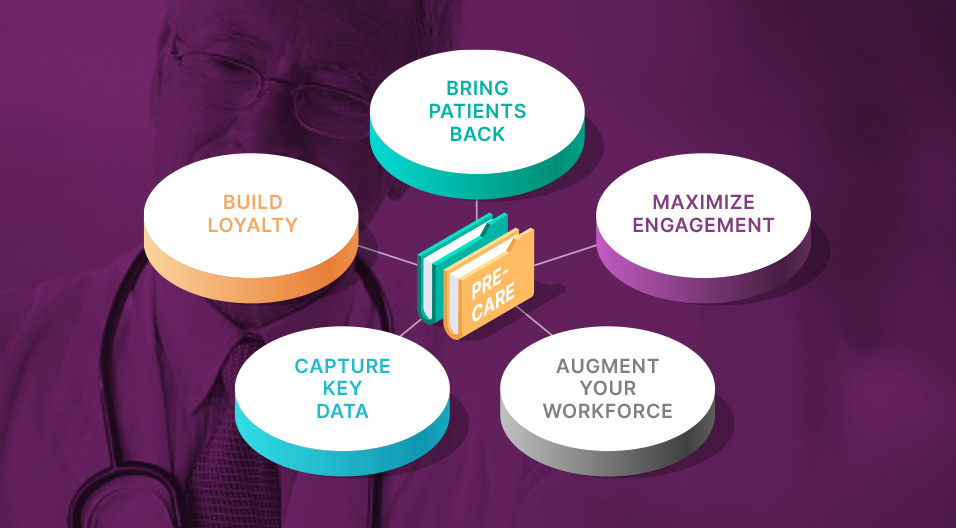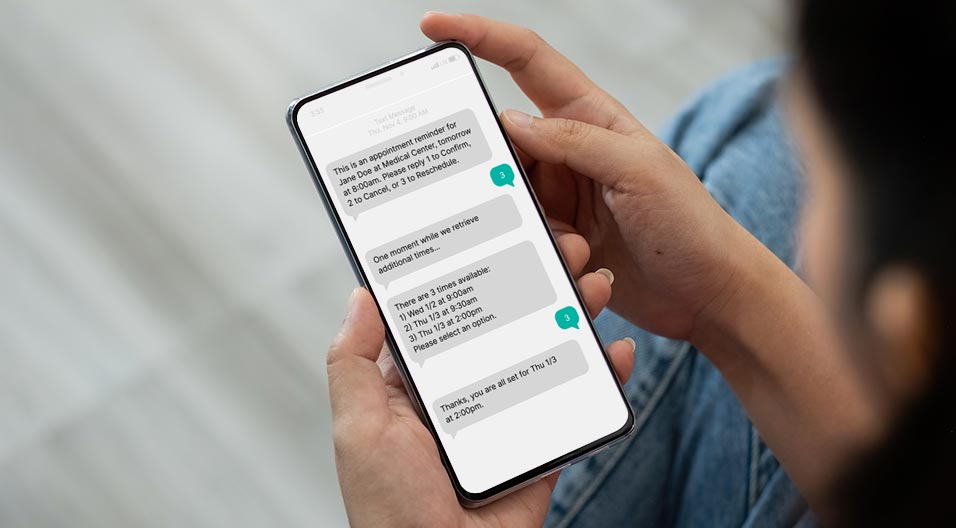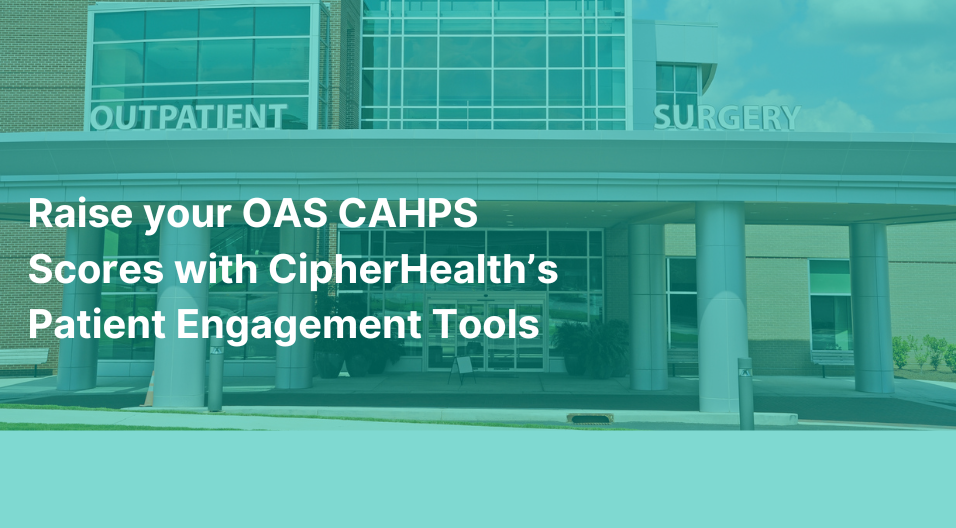Getting patients in the door is crucial for revenue generation and sustained success. But the COVID-19 pandemic has led to a significant decrease in patient volume and health systems are struggling to reverse the trend.
A number of factors, including missed wellness appointments and canceled elective procedures, led to staggering financial losses for healthcare providers. It was estimated that, in 2021, COVID pushed deficits to $54B, according to the American Hospital Association.
These issues are exacerbated by the fact that patients, who are also consumers, are dissatisfied with current, ineffective patient engagement strategies. And staffing shortages are adding to the administrative burden within hospitals and clinics, continuing to burden human teams with robotic, repetitive work that can’t scale without digital tools.
In particular, a subpar pre-care experience can negatively impact patient loyalty, degrade revenue generation and lower the likelihood patients would recommend the health system. Healthcare consumers expect digital experiences similar to what they encounter with other industries, like banking, hospitality and retail.
Health systems must follow suit and provide excellent and frictionless pre-care experiences to remain competitive and relevant to patients, who have an increasing number of choices for where they get care.
Engaged, satisfied patients are more likely to have better health outcomes, stay in-network and drive appointment volume.
How to engage pre-care patients
According to the CDC, by midway through the pandemic an estimated 41% of U.S. adults had delayed or avoided medical care, including urgent or emergency care (12%) and routine care (32%). But by implementing user-friendly digital tools like mobile outreach via chatbot, health systems can communicate with patients in a modality they expect and are already familiar with. In the case of one hospital, the use of such tools meant they were able to execute more than 70,000 digital conversations with patients about COVID test results over a two month period. In total, they saved 10-15 FTEs worth of time, enabling staff to focus on higher priority tasks. The streamlined communications also resulted in a 96% patient satisfaction rating.
What are the benefits of engaging patients pre-care?
The value of engaging patients during the pre-care stage of their journey with a conversational and personalized experience creates a foundation for future interactions that carry through all phases of care.
Health systems investing in these technologies and the digital patient experience will be poised to:
- Bring patients back. Understandably, many patients were afraid to see their healthcare providers during COVID. With a frictionless pre-care experience, patients can reduce time spent in waiting times by doing the majority of their prep work on their mobile devices at home. Through seamless, digital conversations, pre-care tools help patients schedule or reschedule appointments, fill out forms, receive reminders, upload images, ensure they are prepared for their appointment and complete other pre-visit actions via a text-based chatbot. On the day of the appointment, hospitals and clinics can digitally invite patients to enter the facility when ready or share other relevant arrival and safety instructions. Overall, proactive communication reduces no-shows for health systems and keeps provider schedules full, maximizing revenue.
- Build patient loyalty. Great digital experiences drive both efficiency and patient loyalty. It’s essential to address the lack of automation and scale in healthcare that is available in many other industries such as banking, travel and retail. If patients, who are also consumers, are not provided with the same conveniences and personalization, they will choose to go elsewhere for care. Invite new and existing patients back to your health system and build a long-term relationship with them through improved access, messaging and interface.
- Maximize engagement. Meet more patients where they are through real-time, automated conversational technology. This means limitless, virtual interactions at a fraction of the cost with chatbot conversation that is familiar in its language and tone, doesn’t require downloads and uses logins that can be facilitated on mobile browsers. This democratizes access and enables providers to engage a larger population, including previously hard-to-reach, unengaged and underserved patients.
- Capture key data. Using automated technology with patients translates to a more robust system of record, improved patient data capture, and the ability to learn patient preferences, which can be stored and retrieved for later use. Get to know your patients before their in-person visit and, using conversational chatbots, get a more complete picture of their unique history and needs. Offering a seamless, tailored experience will further lead to patient loyalty.
- Augment your workforce. Automating appointment scheduling and reschedules saves staff time to focus on patient care and higher priority calls. Staff shortages have left remaining staff strained and burdened with outsized workloads. Reducing their administrative tasks helps clinicians manage their time more productively and removes obstacles to caring for patients and prioritizing their experience.
Wrapping Up
There is increased urgency for health systems to recoup revenue streams by welcoming both new and existing patients back. If there was ever a time for a healthcare organization to upgrade the patient experience through mobile, digital engagement, it is now.
A frictionless pre-care experience creates convenience for health systems, the healthcare provider, and patients alike, increases patient satisfaction and moreover, scales profitability.








